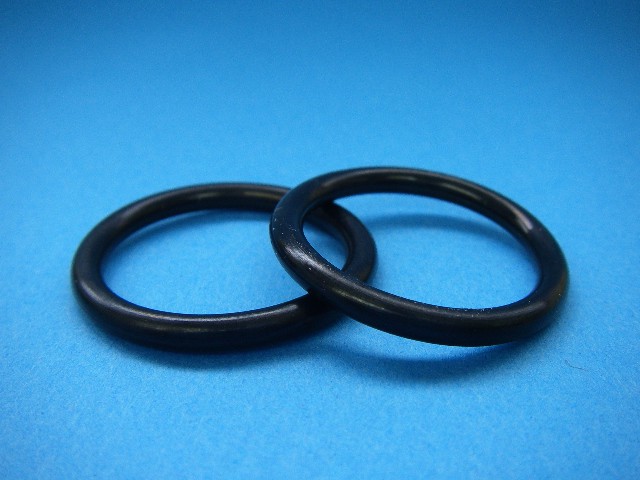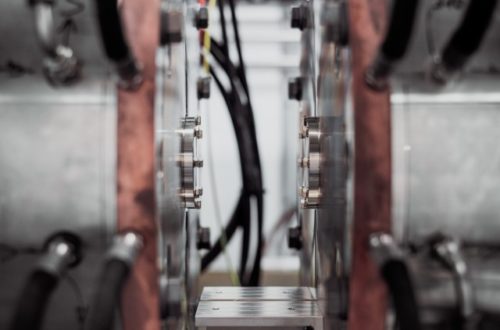Types of O-Ring Applications

Navigating O-ring applications requires precision and foresight. From static axial seals to dynamic reciprocating and rotary seals, each presents unique challenges and considerations.
In this post, we will talk about the common types of O-ring applications, and their impact on O-ring sizing and hardware design.
1. Static Axial Seals
When designing grooves for static axial seals, the first consideration is whether the pressure is positive or negative. If an enclosed volume has higher pressure than the volume around it, that pressure is defined as positive. Conversely, negative pressure is when an enclosed volume has lower pressure than the volume around it, such as a vacuum.
In situations where the pressure is positive, the outside diameter of the groove is primary, and the groove width is the primary consideration for the inside diameter. For negative pressure, the inside of the groove diameter is primary. This ensures that the O-ring needs to move the smallest distance to seal the extrusion gap.
Grooves for liquid applications are larger to allow for increased swell. If there are no anticipated swelling issues, the smaller groove dimension can be utilized.
2. Reciprocating Dynamic Seals
O-rings are used within dynamic reciprocating applications, usually hydraulic or pneumatic piston or rod seals. For short stroke applications, smaller diameter O-rings perform well. Longer stroke applications require thicker cross sectional O-rings.
A number of failure modes arise within dynamic sealing applications that are no problem for static O-rings.
Hardware surface finishes are critical to maximizing seal life and performance. The ideal surface microfinish is between 10 and 20 microinches. Anything under 5 microinches will cause inherent surface lubrication to be wiped away by the end of the stroke.
3. Rotary Seals
O-rings have proven to be reliable rotary seals under the proper conditions. When selecting the O-ring material for such an application, it is important to consider hardware configuration, as well as hardness and shaft speed. A shaft hardness value of 55 Rockwell is typically required for an O-ring to provide an effective seal. There are few specialized O-ring compounds designed for rotary service.
Conclusion
In short, the diverse O-ring applications underscore the critical role these small yet mighty components play in engineering endeavors. From static axial seals to dynamic reciprocating and rotary seals, each application presents unique challenges and considerations. By mastering the intricacies of O-ring engineering, we pave the way for innovation and reliability in a multitude of industries.
Would you like to receive similar articles by email?





